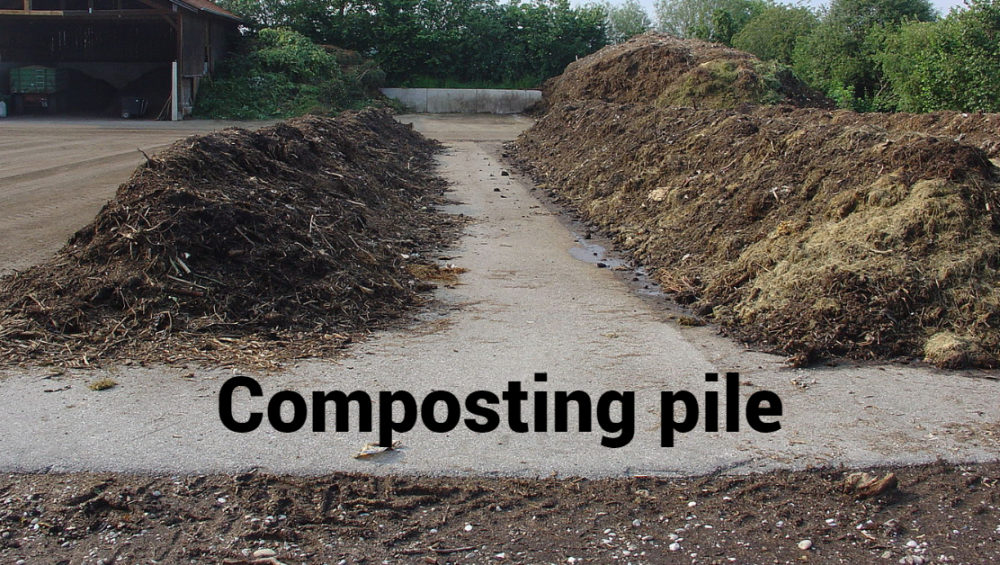Worm Farming is a professional cultivation of worms for the cause of converting waste such as fruits, vegetables, food and animal faeces into organic fertilizers.
A worm, as a key asset in balancing effective and efficient fertigation of compost needs to be well grown.
Bedding gives off a fresh environment for worms, a space to move around and shelter.
The worm bin bedding should regard every detailing that concerns worm growth-content-productivity.
Worm farmers/ Vermiculturist decide on choice of bedding used for their worms based on the factors below.
- Non-abrasive
The worm’s skin is delicate and can be easily hurt. - Light weighed
The bedding should be light-weighted, easy to carry even when wasted. - Deeply aerated
It is crucial for any bedding to allow air-water flow and lesser thick odor. - High moisture
Must retain water for a longer duration. - Neutral pH
Neither being acidic nor basic gives bedding a neutrality as a bedding substrate. - Fibrous nature
Bedding must be made of fibrous material like cellulose in order to convert into carbon molecules after breaking down from energy conversion.
Likewise, any Worm Bedding needs to qualify the above said quality to be a supple bedding choice. Sometimes, worms do eat their bedding, so it is precarious to use biological bedding.
As such, Coco Coir Worm Bedding is one-among-many that benefits worms in multiple ways.
Coco Coir is a fibrous material derived from coconut husk, is an all-natural, non-toxic, non-abrasive, cost-effective product that improves worms’ inhabitants.
Coir is light- weighted, readily fluffed, has air pockets for easy air-water flow, enables free access for worm movement.
It is a super absorbent(50-60% moisture) with high saturation, holding water(every 1lbs brick holds 6lbs of water) and nutrients effectively, keeping the worm bin moist-damp. Thus foul odor managed.
It is a harmless choice that is non-toxic, chemical-free, inert to chemical reaction that supasses any other worm bedding available.







